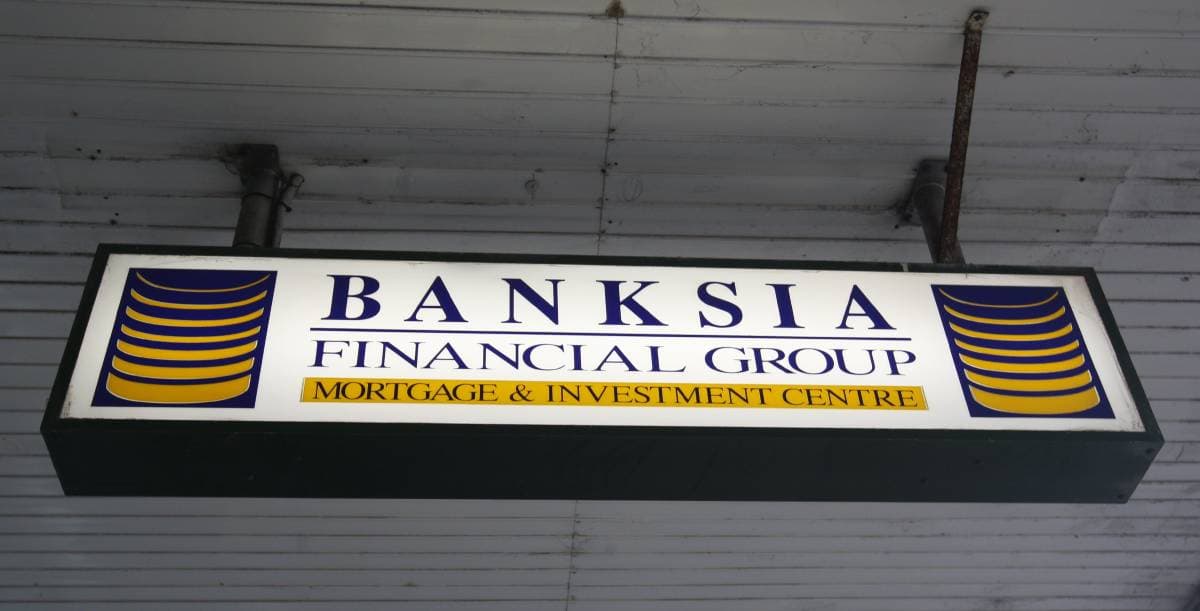NAVIGATE ADVERSITY
Wexted provides guidance and expertise to companies facing significant financial and strategic challenges.
As a leader in Safe Harbour, Restructuring & Turnaround, Insolvency and Advisory Services — our goal is to always find the best course of action for everyone involved.
Together, we can navigate crises, safeguard value and deliver results.
SAFE HARBOUR
When organisations face extreme challenges that are not yet fatal — Safe Harbour should be the first port of call. It enables companies and directors to develop a viable recovery strategy without the threat of an immediate appointment of an administrator or liquidator.
Wexted is a pre-eminent provider of Safe Harbour advisory services, in particular to directors of publicly listed and significant private companies.
OUR PRINCIPLES
Honesty and integrity are always at the forefront of our actions — it’s one of the reasons why organisations trust us to handle their most complex challenges.
OUR PEOPLE
We’re fortunate to have some of the sharpest and brightest minds in finance and corporate restructuring.
Possessing decades of experience across a wide range of complex issues — we passionately believe in delivering the best outcomes for all parties involved.
ASSET FOR SALE
Some companies under administration have assets that must be sold. Here you will find a list of assets for sale.
COMPANIES UNDER MANAGEMENT
If a company owes you money, you are a creditor of that company. This section lists all companies currently under Wexted administration and information for their creditors.
FREQUENTLY ASKED QUESTIONS
Small Business Restructuring process (SBR) is a formal debt restructuring process introduced in January 2021. It allows eligible small businesses to restructure their debts with the help of a Small Business Restructuring Practitioner (SBRP or RP) while the business owners remain in control of their business during this process.
To qualify for SBR, a company must:
- be an incorporated business (i.e. Pty Ltd entity);
- be insolvent or likely to become insolvent at some future time;
- have total liabilities (excluding employee entitlements) not exceeding $1 million;
- together with its related entities, not have adopted SBR or simplified liquidation in the last seven years.
The Safe Harbour legislation is set out in section 588GA of the Corporations Act 2001 (the Act) and was introduced in September 2017. It provides a Director ‘breathing space’ to formulate and implement a restructuring plan, preserving the business to avoid the need to enter into administration whilst protecting against personal liability from insolvent trading if the plan is unsuccessful.
Safe Harbour is a process that protects Directors. Directors use the Safe Harbour regime when a Company is experiencing financial distress or uncertainty, and they have started to suspect the company may become, or may be, insolvent.
As Safe Harbour is a defence for the benefit of Directors, the Directors typically engage the Safe Harbour Advisor, but (as the Directors will have the benefit of an indemnity from the Company) costs are usually paid by the Company in question. The day to day engagement is usually with senior management.
Safe Harbour means the insolvent trading provisions do not apply to a Director if, at a particular time after they suspect insolvency, the Director starts developing “courses of action” that are likely to lead to a “better outcome” for the company than the immediate appointment of an administrator or liquidator.
Directors that successfully rely on the safe harbour defence will not be held personally liable for any debts incurred directly or indirectly in connection with a course of action developed to achieve a better outcome.
The ’Course of Action’ is usually a restructuring plan. If that plan is implemented, and the plan is likely to lead to a better outcome for the company and creditors as a whole than an immediate administration, then the Directors will have a statutory defence to an insolvent trading claim made by a liquidator. As such, the Safe Harbour is designed to provide comfort that a plan can be implemented without insolvency risk, providing an incentive for restructuring.
The restructuring plan (Wexted call this a Corporate Structuring Plan) can include operational, financial and governance initiatives such as raising equity/debt capital to refinance/ deal with secured or unsecured debts; M&A initiatives such as sale of non-strategic assets or underperforming divisions; redundancy and cost cutting initiatives; and settlement of significant contingent liabilities.
The Corporate Structuring Plan can be flexible but, if it is tested, it needs to meet certain criteria. Debts must be properly incurred to support the plan. The plan needs to be implemented within a reasonable timeframe, and it must be realistic and not fanciful.




































